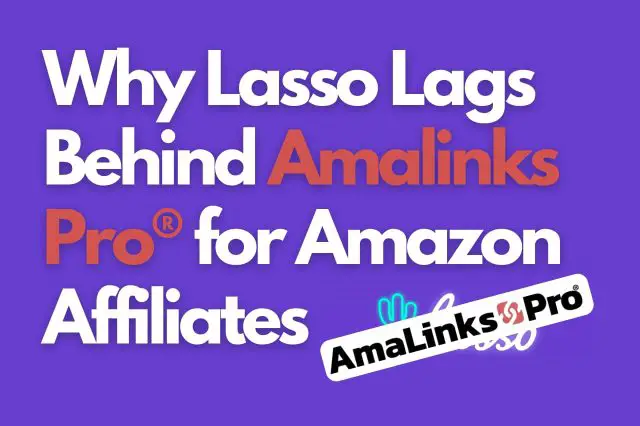Term:
text link
Definition:
A text link is a clickable hyperlink embedded in a body of text, which allows a user to access another website or webpage. Text links are one of the oldest and most widely used types of hyperlinks, and they play a critical role in the functioning of the internet as we know it today.
At its most basic level, a text link consists of two parts: the anchor text and the destination URL. The anchor text is the visible, clickable text that the user sees, while the destination URL is the web address that the link leads to. For example, in the text link “Click here to visit Google,” the anchor text is “Click here to visit Google,” and the destination URL is “http://www.google.com“.
Text links can be embedded in any type of content that supports hyperlinks, such as web pages, blog posts, emails, and even text messages. They can be styled in a variety of ways to make them stand out, such as with bold or underlined text, or with a different color from the surrounding text. In many cases, the anchor text is designed to be a call to action, urging the user to click on the link and visit the destination website.
The concept of the text link dates back to the early days of the internet, when the World Wide Web was still in its infancy. In fact, the first web page ever published, which was created by Tim Berners-Lee in 1991, contained several text links to other pages on the same server. As the web grew and evolved, so did the use of text links, with webmasters and content creators using them to link to other websites, provide references and citations, and more.
Ttext links are incredibly versatile and easy to use. Unlike other types of hyperlinks, such as image links or buttons, text links can be inserted directly into the body of a block of text, without requiring any special formatting or coding. This makes them ideal for use in a wide range of contexts, from simple blog posts to complex e-commerce websites.
Text links are also important for search engine optimization (SEO), as they help search engines understand the relationship between different web pages and determine which ones are the most relevant and authoritative. By including text links to other relevant pages on their website or to other authoritative websites, webmasters can help improve their site’s SEO and increase their chances of ranking higher in search engine results.
However, it’s important to note that not all text links are created equal. In the early days of the web, it was common practice to use text links in a way that was purely manipulative, with webmasters embedding links in large amounts of irrelevant or low-quality content in order to manipulate search engine rankings. This practice, known as “link spamming,” is now considered a violation of search engine guidelines, and can result in penalties or even blacklisting from search engines.
As a result, it’s important for webmasters and content creators to use text links in a way that is both ethical and effective. This means using text links sparingly and only in relevant, high-quality content, and avoiding any tactics that could be seen as manipulative or spammy.
Text links are a fundamental building block of the internet, and their importance is unlikely to diminish anytime soon. Whether you’re a blogger, marketer, or webmaster, understanding how text links work and how to use them effectively is essential for success in today’s digital landscape.
A text link is simply plain hyperlinked text within a paragraph or other HTML element. Affiliates add relevant text links to relevant products that they are promoting. If you click on some plain text and it redirects you to another web page, that was a text link.
Related:

Miles Anthony Smith
Miles is a loving father of 3 adults, devoted husband of 24+ years, chief affiliate marketer at AmaLinks Pro®, author, entrepreneur, SEO consultant, keynote speaker, investor, & owner of businesses that generate affiliate + ad income (Loop King Laces, Why Stuff Sucks, & Kompelling Kars). He’s spent the past 3 decades growing revenues for other’s businesses as well as his own. Miles has an MBA from Oklahoma State and has been featured in Entrepreneur, the Brookings Institution, Wikipedia, GoDaddy, Search Engine Watch, Advertising Week, & Neil Patel.





